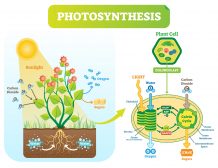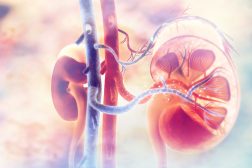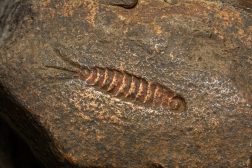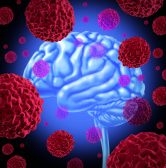Definition
noun
(parasitology) The preference of a parasite for human than other animals as host
Supplement
In parasitology, the term anthropophilia pertains to a parasite that prefers human hosts than animal hosts.1, 2 The term is used in contrast to parasites that prefer non-human animal hosts.3 Parasites that prefer human hosts are referred to as anthropophilic parasites. Examples of anthropophilic parasites are anthropophilic dermatophytes, and anthropophilic Anopheles mosquitoes.
Anthropophilic dermatophytes are dermatophyte fungi that grow preferentially on humans and cause dermatophytoses, which is a fungal skin (and hair) disease. The dermatophytes derive their nutrients from keratinized material, such as skin, hair, and nail. Examples of antrophophilic dermatophytes are from the genera Microsporum, Epidermophyton, and Trichophyton, such as E. floccosum, M. audouinii, M. ferrugineum, T. concentricum, T. megninii, T. rubum, T. schoenleinii, T. tonsurans, and T. violaceum”.4
Word origin: Greek ánthrōpos (human being, man) + Latin –philus, Greek –philos (love, fondness)
See also:
- parasite
- host
- parasitism
- Trichophyton schoenleinii
Related term(s):
Reference(s):
1 Falco, O. (2000). Dermatology. Berlin New York: Springer.
2 Manguin, S., Carnevale, P. & Mouchet, J. (2008). Biodiversity of malaria in the world. Montrouge: J. Libbey Eurotext.
3 Apiwathnasorn, C.; Sucharit, S.; Surathin, K.; Deesin, T. (1993). “Anthropophilic and zoophilic phlebotomine sand flies (Diptera, Psychodidae) from Thailand”. Journal of the American Mosquito Control Association 9 (2): 135–137.
4 Carter, G. & Cole, J.R. . (1990). Diagnostic Procedure in Veterinary Bacteriology and Mycology. Oxford: Elsevier Science.







